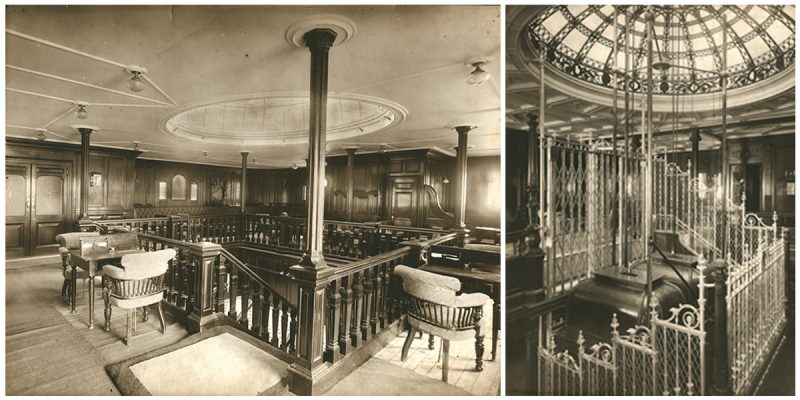Many observers claim the Mauretania to be the most successful and graceful Edwardian-era passenger liner ever built. RMS Mauretania was designed by Cunard naval architect Leonard Peskett. Peskett’s original configuration for the ships in 1902 was a three-funnel design when reciprocating engines were destined to be the powerplant. A giant model of the ships appeared in Shipbuilder’s magazine in this configuration; however, Cunard decided to change power plants to Parson’s new turbine technology, and the ship’s design was again modified when Peskett added a fourth funnel to the ship’s profile. Construction of the vessel finally began with the laying of the keel in 1904.
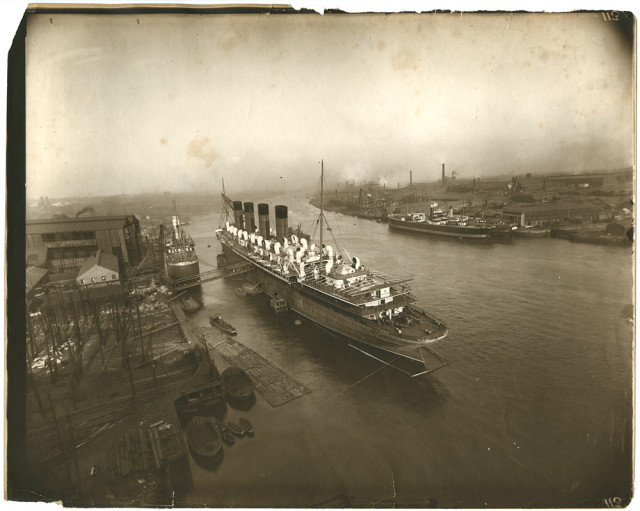
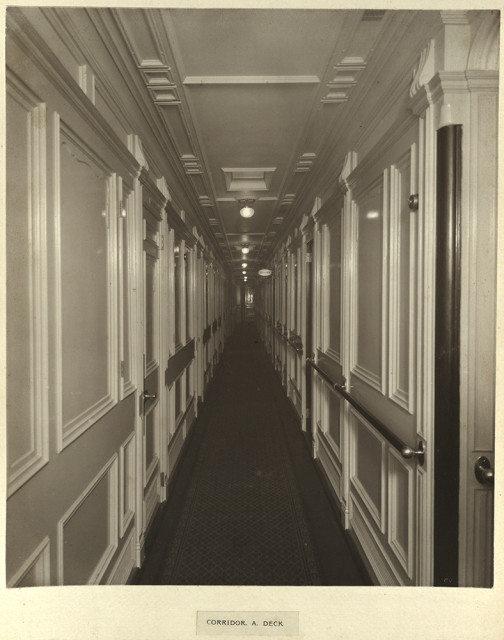
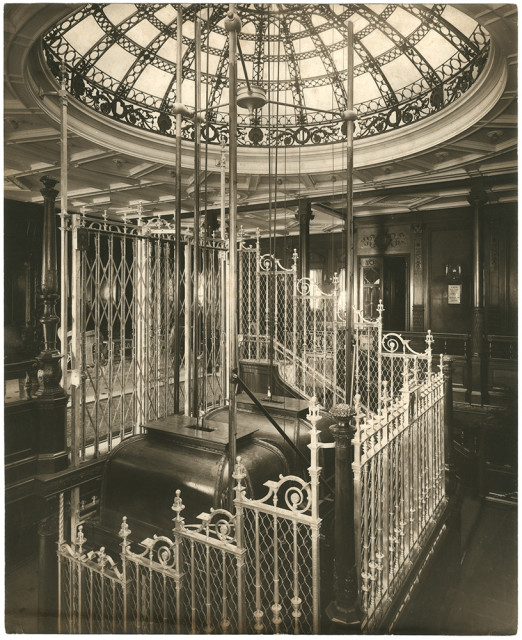
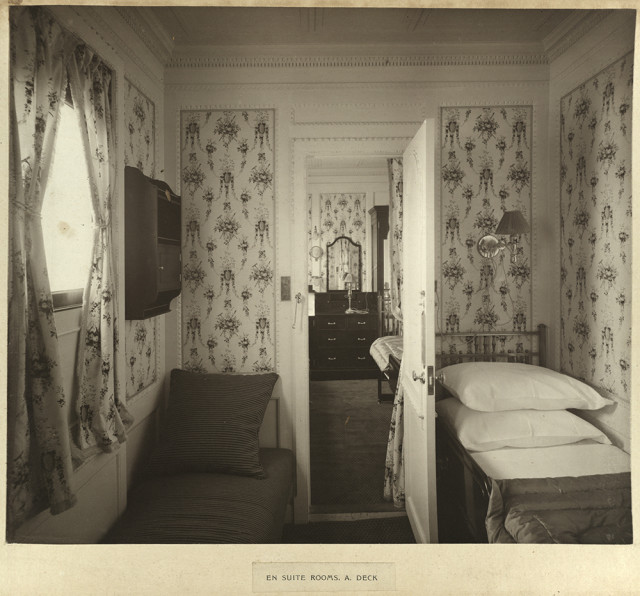
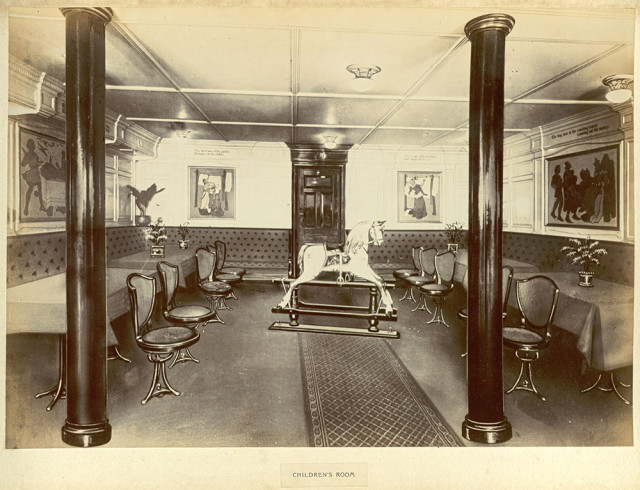
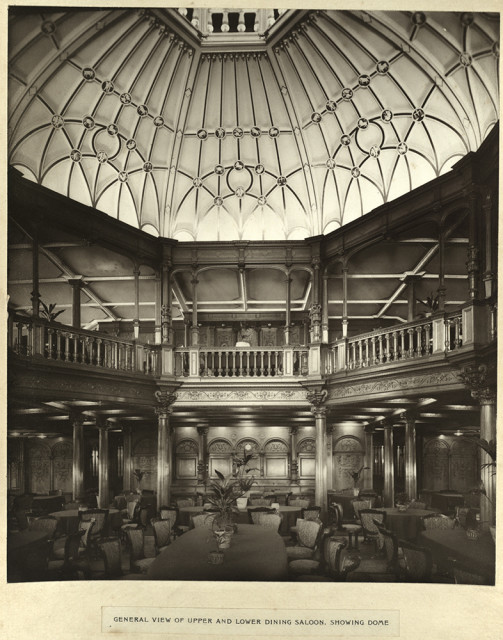
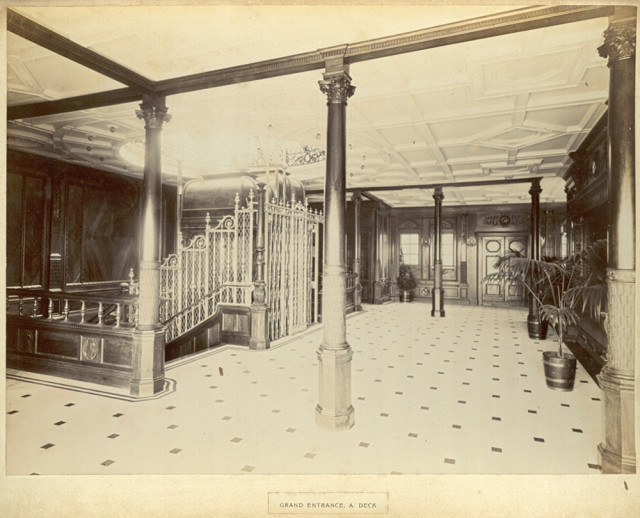
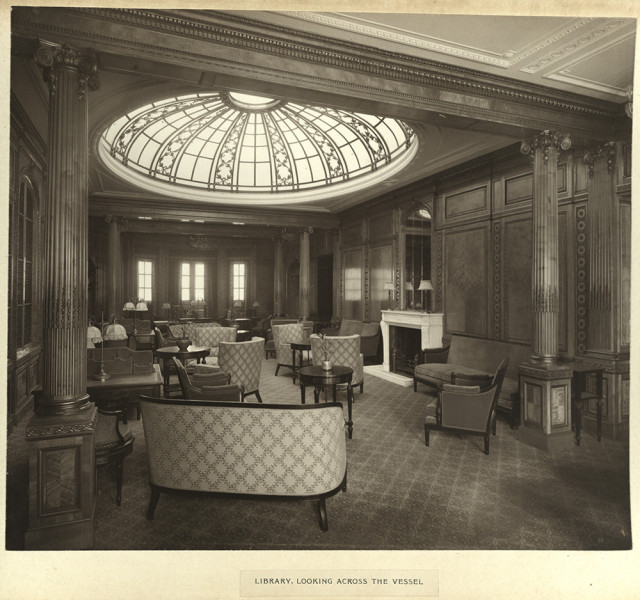
In 1906, Mauretania was launched by the Duchess of Roxburghe. At the time of her launch, she was the largest moving structure ever built, and slightly larger in gross tonnage than RMS Lusitania (designed also by Leonard Peskett). The main visual differences between Mauretania and Lusitania were that Mauretania was five feet longer and had different vents. The ship also had two extra stages of turbine blades in her forward turbines, making her slightly faster than Lusitania. Mauretania and Lusitania were the only ships with direct-drive steam turbines to hold the Blue Riband; in later ships, reduction geared turbines were mainly used. Mauretania’s usage of the steam turbine was the largest application yet of the then-new technology, developed by Charles Algernon Parsons. During speed trials, these engines caused significant vibration at high speeds; in response, Mauretania received strengthening members aft and redesigned propellers before entering service, which reduced vibration.
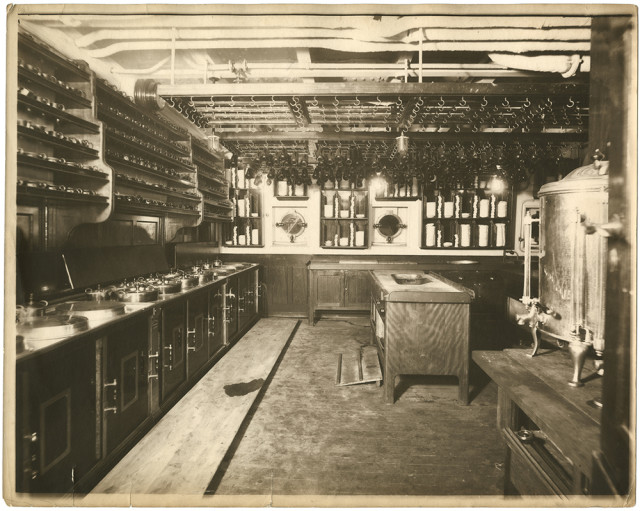
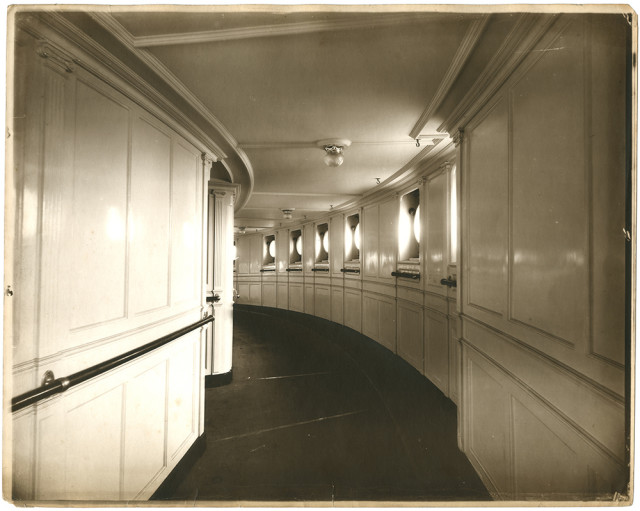
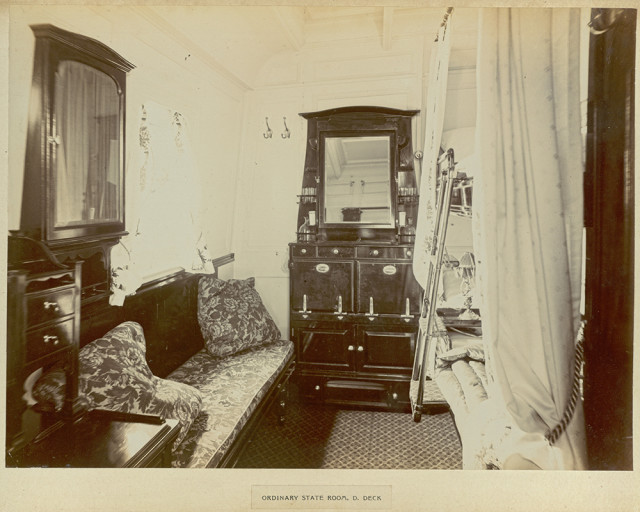
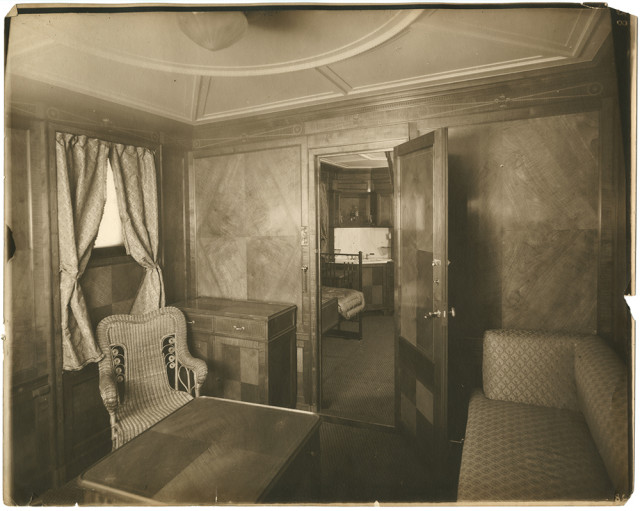
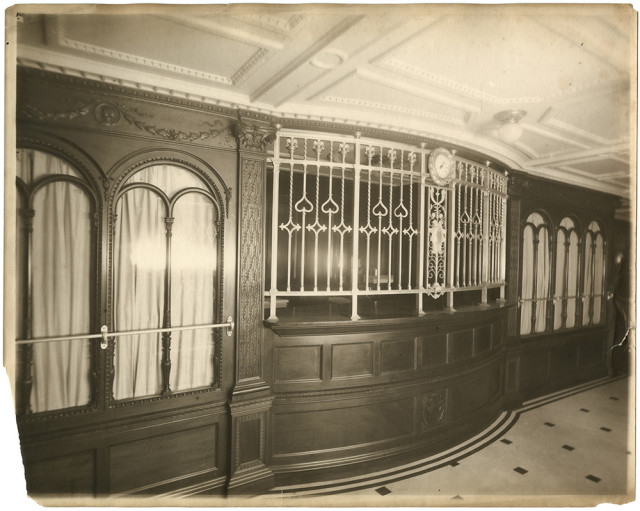
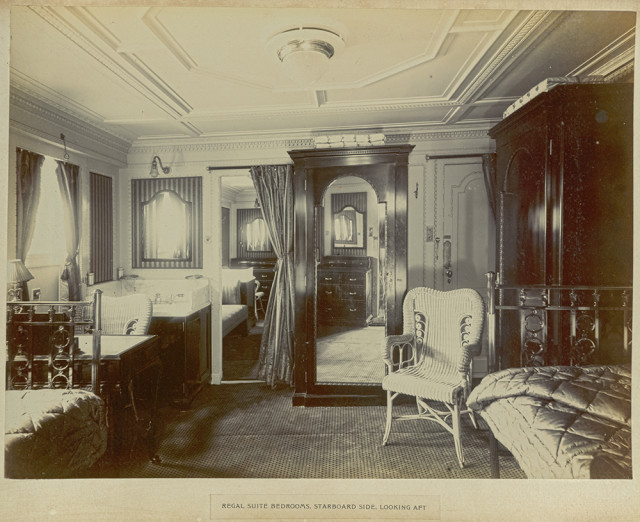
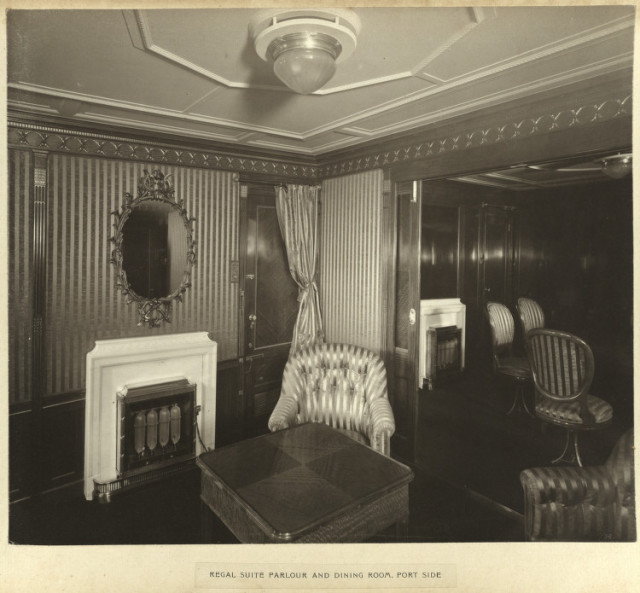
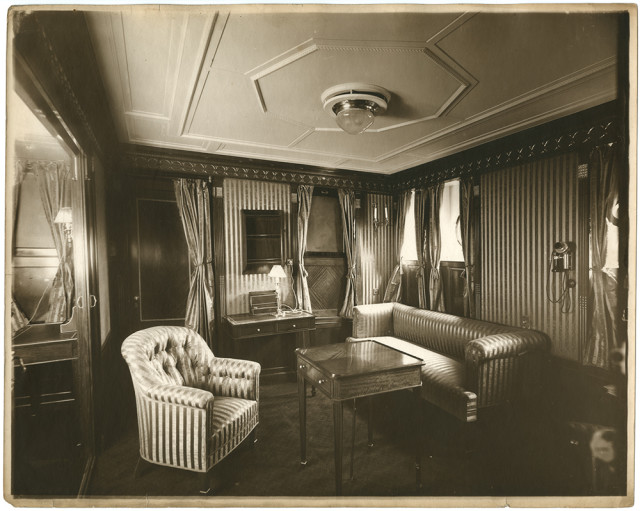
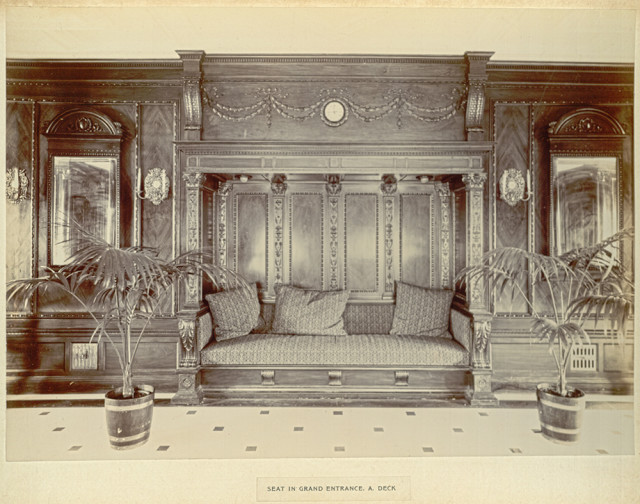
Mauretania was designed to suit Edwardian tastes. The interiors represented the best that money could buy at a time when Britain was striving to regain supremacy in the north Atlantic commercial trade from Germany. The ship’s interior was designed by Harold Peto, architect, and her public rooms were fitted out by two notable London design houses – Ch. Mellier & Sons and Turner and Lord, with twenty-eight different types of wood, along with marble, tapestries, and other furnishings such as the stunning octagon table in the smoking room. It took 300 woodworkers two years to carve the Mauretania’s interior decorations.
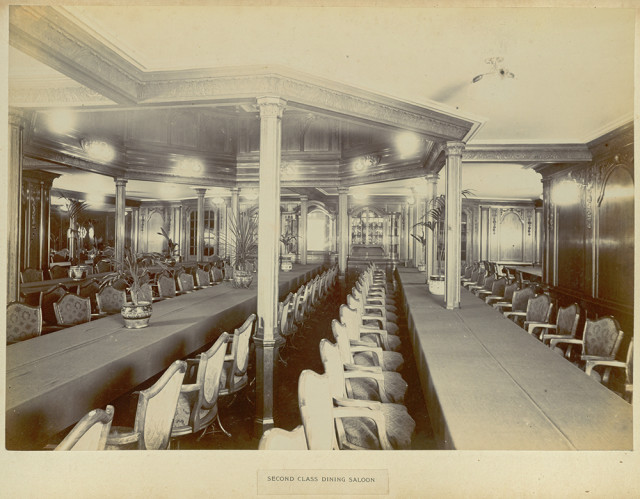
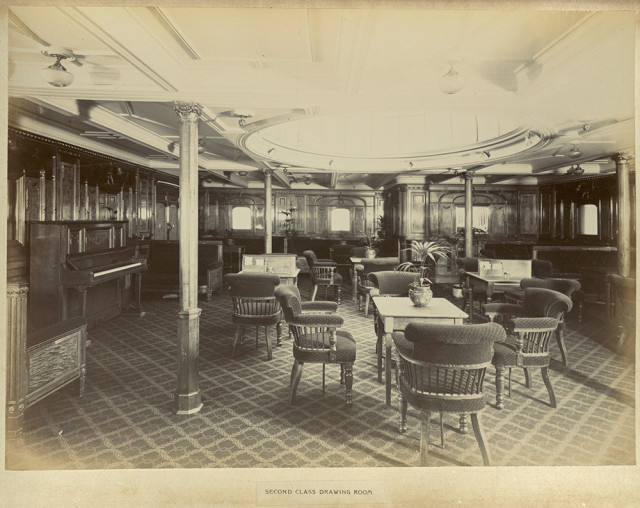
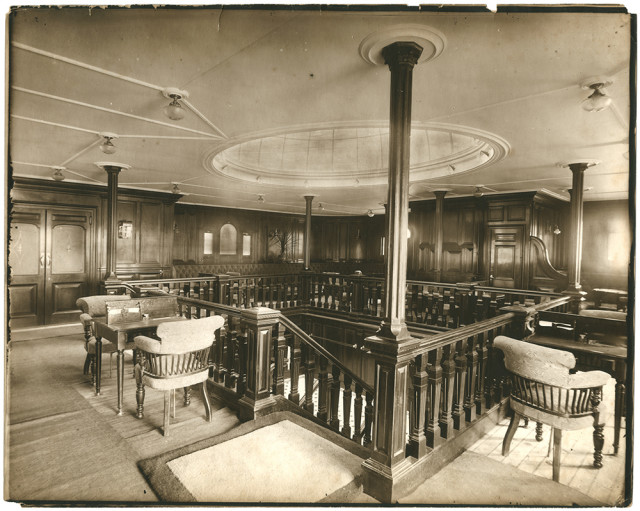
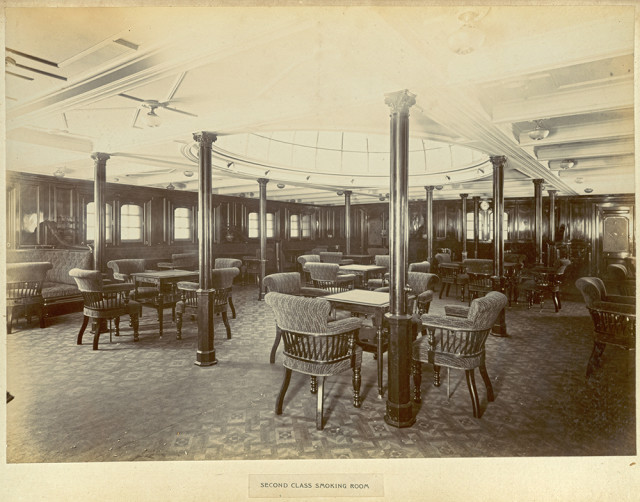
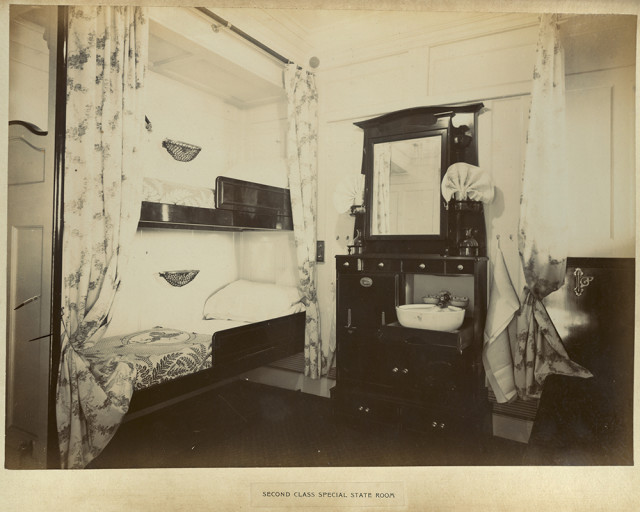
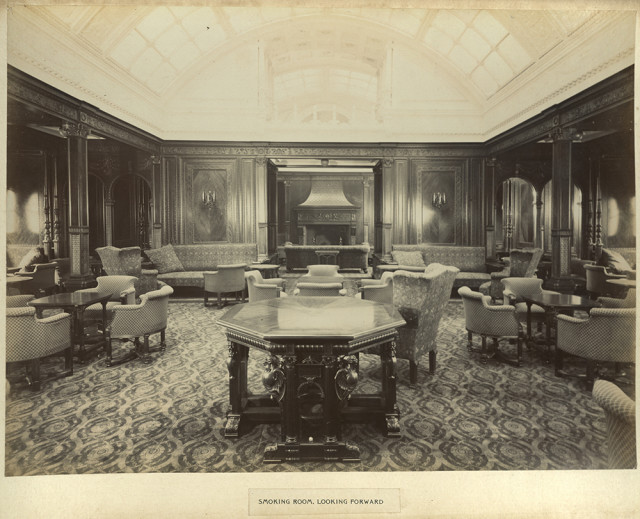
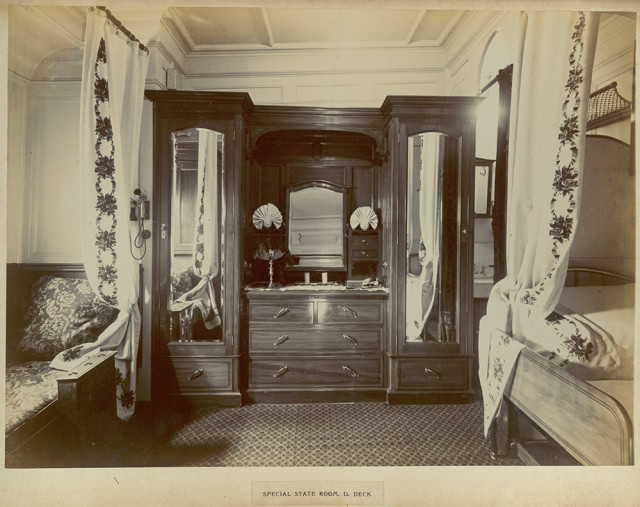
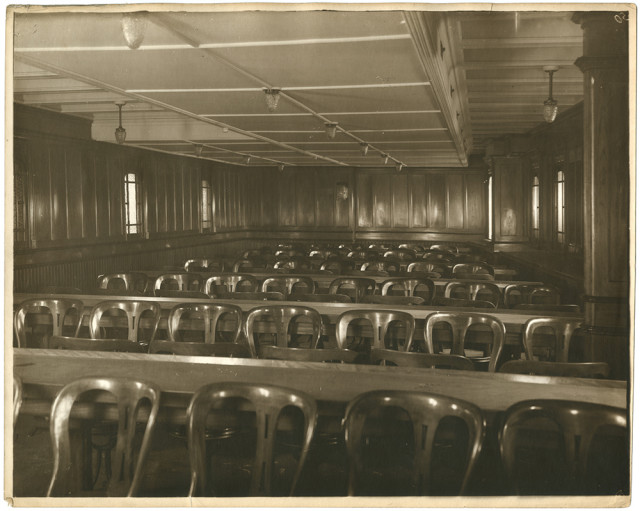
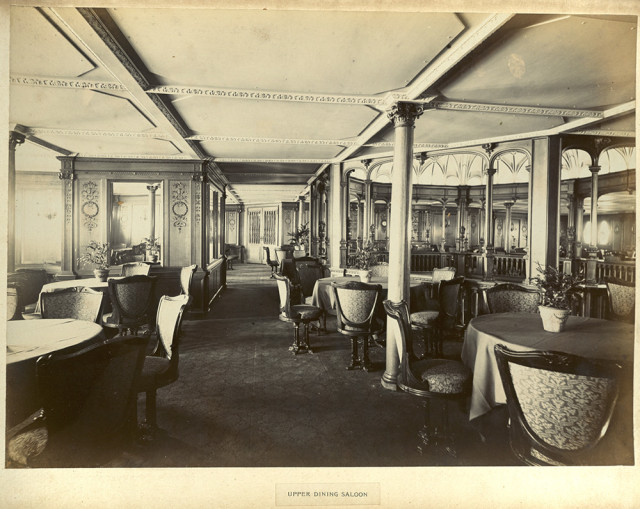
The multi-level first-class dining saloon of straw oak was decorated in Francis I style and topped by a large dome skylight. A series of elevators, then a rare new feature for liners, with grilles composed of the relatively new lightweight aluminum, were installed next to Mauretania’s walnut grand staircase.
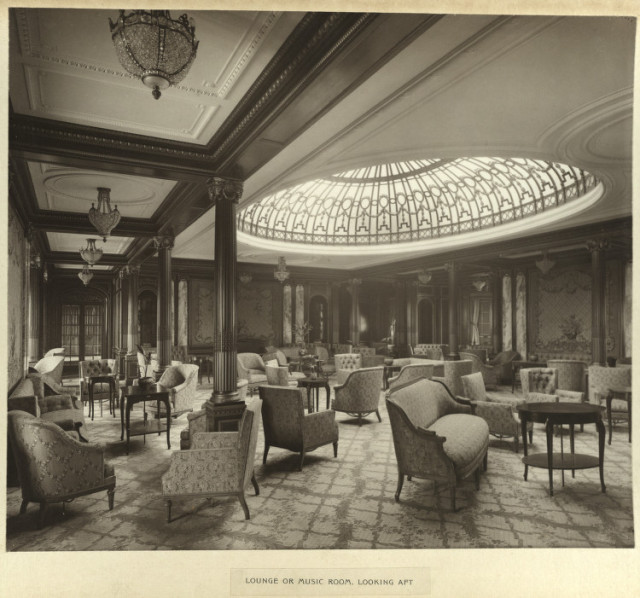
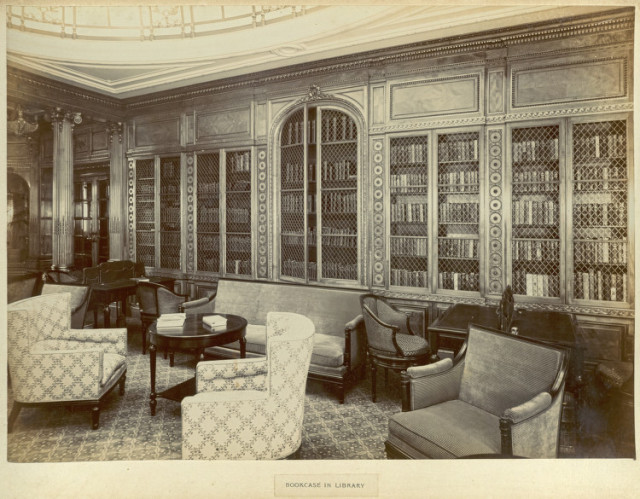
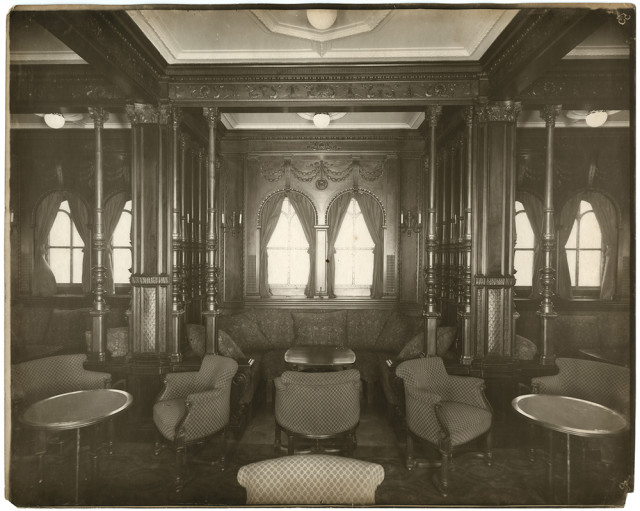
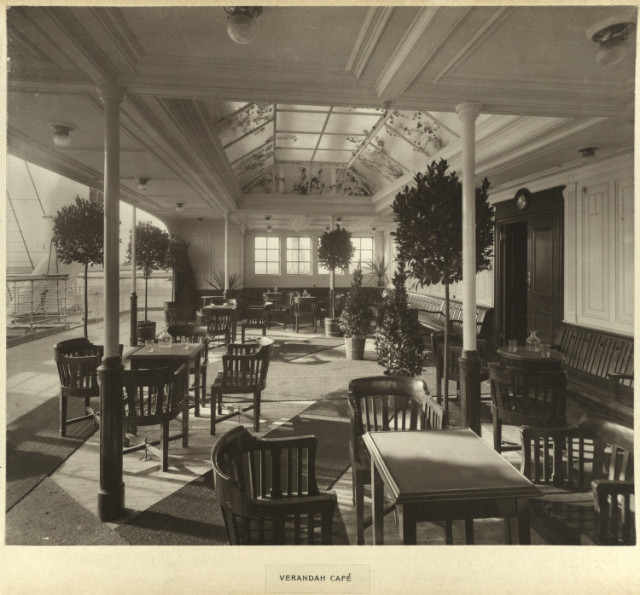
Decoration ranged in style from French Renaissance to English Country, and the woods that were used came from English and French forests. Wood panelling for her first class public rooms was supposedly carved by three hundred craftsmen from Palestine but this seems unlikely, unnecessary and was probably executed by the yard or subcontracted, as were the majority of the second and third class areas.The liner’s first class main lounge, decorated in 18th-century French style, was considered one of the vessel’s most impressive rooms.
Photos: SMU Central University Libraries
